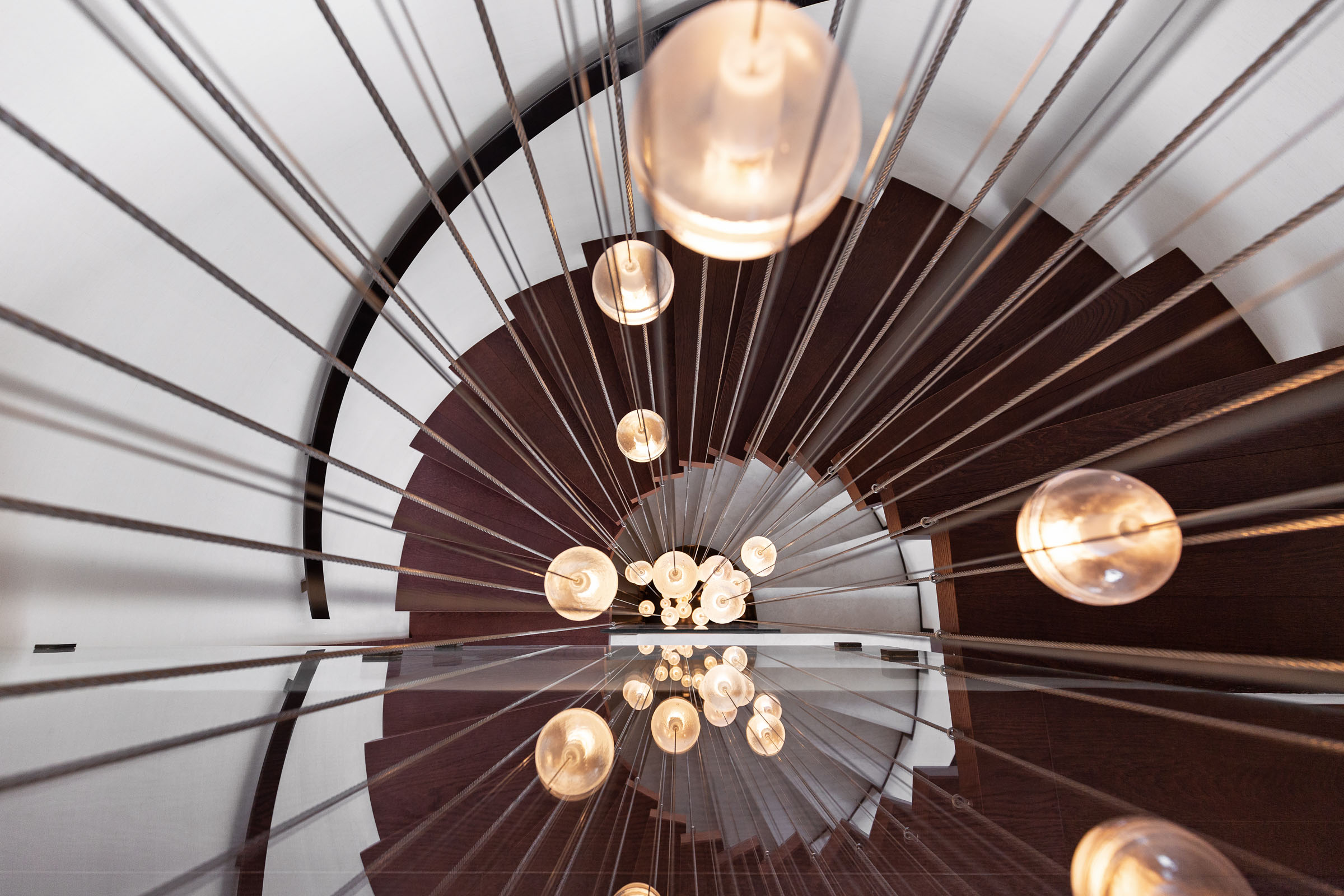On interior design trends
To follow or not to follow trends in interior design, that is the question
First of all, we warn that this is not about a post about trends. Something like «ceci ce n’est pas une pipe» by Magritte but applied to the paradox of trends in interior design.
And it is that the tendencies make up an apparently basic axiom for the interior design , but is it really like that? Is it necessary to follow trends to offer an interior design at the service of habitability and aesthetics? As the epitaph of Grouxo Marx says, « forgive me for not getting up» , today in Coblonal Interiorismo we dare to say in a slightly hooligan tone « forgive me for doubting it».
And is that in today’s post, we argue about the origin and role of trends for interior design to understand how relevant they are, condition us and if they make sense. We start?
First of all …
What exactly is a trend?
Broadly speaking, and applied to different sectors, a tendency is a propensity or inclination towards a certain pattern.
In the case of interior design, a tendency would be a repetitive pattern applied in different projects, a recognizable formula that emerges and remains for a period of time being adopted and reproduced by professionals and media. The trends are usually stated according to the season forecast, although certain trends also survive over different seasons and even decades.
Therefore, a trend in interior design would be the inclination of interior professionals to follow certain patterns or formulas in their proposals in distributions, colors and types of furniture and textiles. The proposals of interior designers and especially their repercussion and reproduction in the media are essential to trace the rise and decline of trends in interior design.
 Mechanism seen in an industrial look in an apartment in the Gràcia district of Barcelona
Mechanism seen in an industrial look in an apartment in the Gràcia district of Barcelona
Who dictates the trends now?
A priori we would say that it is the interior designers who define the elements that make up the patterns, but they end up being the media, the magazines that track and enunciate the trends. And with their collection they end up being responsible for its definition. It’s like deactivating spontaneity by detailing and reproducing the patterns behind it.
An interior designer can not set trends, without the repercussion in the media and the follow-up of a more or less recognizable pattern on the part of other interior designers. In this way, an “involuntary” cooperation between different agents is necessary so that certain tendencies emerge.
An interesting point is to delve into the role of specialized media and magazines when deciding what is and is not a trend. In this sense, the media gain a lot of weight and act as those who propose certain tendencies. The question then is whether they are accepted by the public and reproduced by other interior designers.
We can not forget the clients in any case in the recognition of certain trends and the configuration of their preferences because, although the interior designers may have their own stamp, it is the clients who end up determining the success of certain trends, adopting them as their own and looking for them in the professionals. Customers end up looking for interior designers jobs that they recognize as a trend in the media.
Do these trends respond to real needs?
The decontextualization of trends without serving the purposes of interior design entails an incomplete perspective of the interior designer’s own job
What we should do interior designers is to prevent our customers about the convenience and durability of a certain trend over time. As our budgets disappear, tastes change and our houses remain.
While it is true that the ephemeral nature of stylistic tendencies demands certain precautions in terms of following trends, we must claim attention to the trends referring to new technologies, distributions or use of building materials. But in that case, more than trends, as something superfluous, temporary or accessory, we should talk about innovations.
 Headboard with niche and lamp in the shape of an umbrella
Headboard with niche and lamp in the shape of an umbrella
On the difficulty of predicting and marking trends
Starting from the repetitive pattern of trends, we come to the contradiction of this reproduction with the singularity that any interior design proposal should seek: to project a personalized space adapted to the people who inhabit it, who is contemporary and timeless at the same time.
Therefore, a space whose formula is based on trends excessively risks losing its foundation as a scenario for the daily practices of its inhabitants and users.
In this sense, trends are not the anti-model to follow, much less, it is also possible to find a very useful storyline in the application of a project.
For example, our clients may or may not feel identified with the circumstantial trends of the moment, but what their vast majority does want is a housing that lasts over time, both functionally and stylistically. The trends serve as communicable patterns that allow a better understanding between client and users, being easier to understand the preferences of the clients and what style represents them.
 The iconic Milà cestita in a contemporary apartment in Andorra
The iconic Milà cestita in a contemporary apartment in Andorra
What do we understand and what do we do to trends?
For our part, as professionals of architecture, interior design and decoration, we try to build and defend a style that represents us, is desirable for our type of ideal client and, if we eventually adopt or are able to set trends, better than best.
In the study of Coblonal Interiorismo we do not have, nor want, the same recipe to apply to all projects and we are relatively permeable to current trends. In spite of defending our own style, built along our trajectory, we understand it as something alive that adapts for each client, according to their tastes and preferences. At the same time, we incorporate those aspects of the trend with which we feel identified and we believe that they can collaborate in the success of the project.
We believe that it is better to start from the understanding and analysis of social trends. Pay more attention to people’s ways of living, to new ways of living and being able to create appropriate spaces, rather than externally imposing any pattern of habitability or losing ourselves in the superfluous. Well, after all, the success of a space is more where the walls are and relations are enhanced than in the color or material of the curtains.




